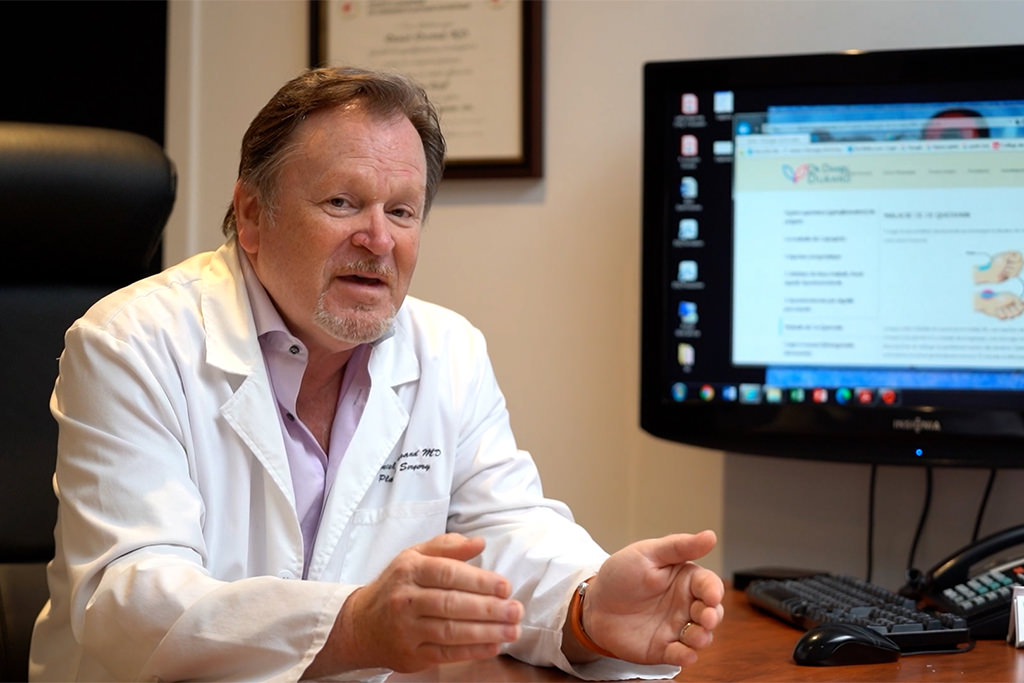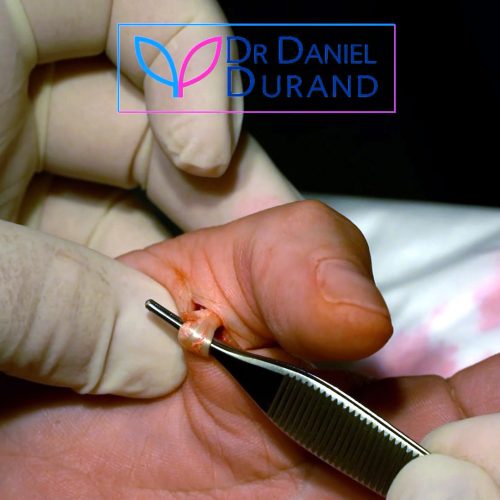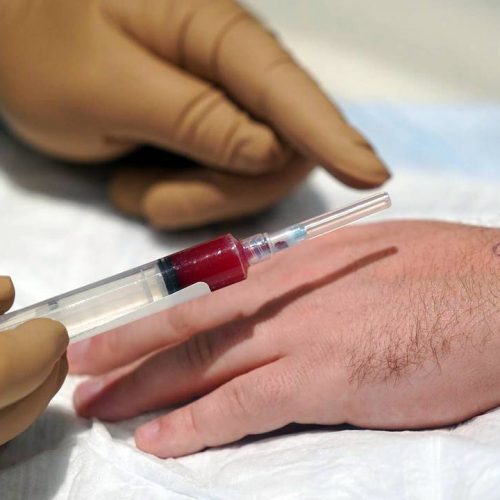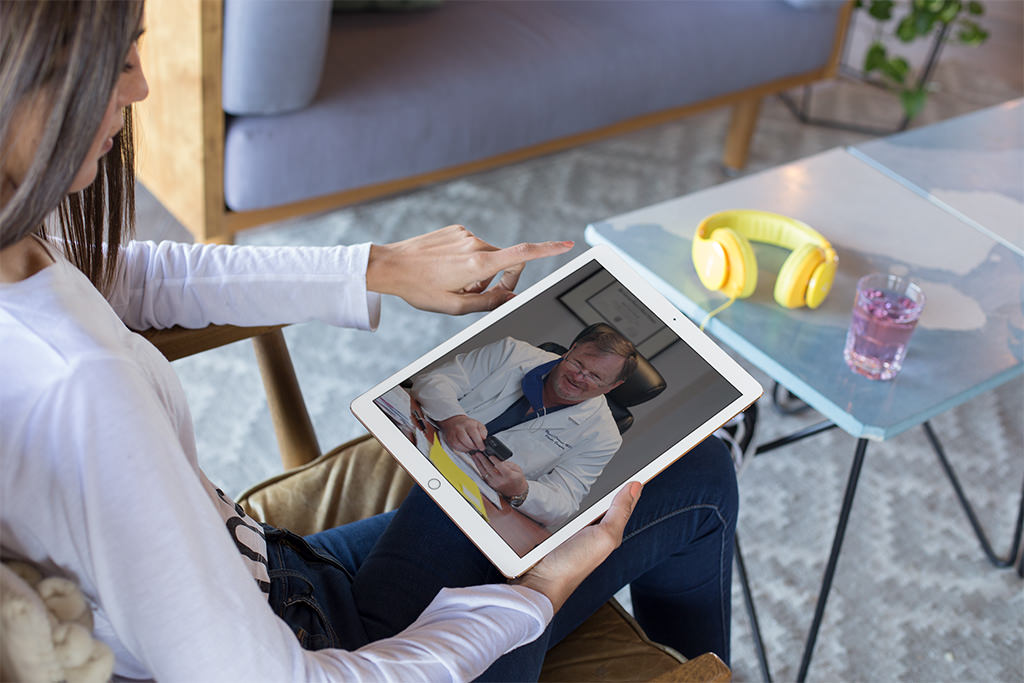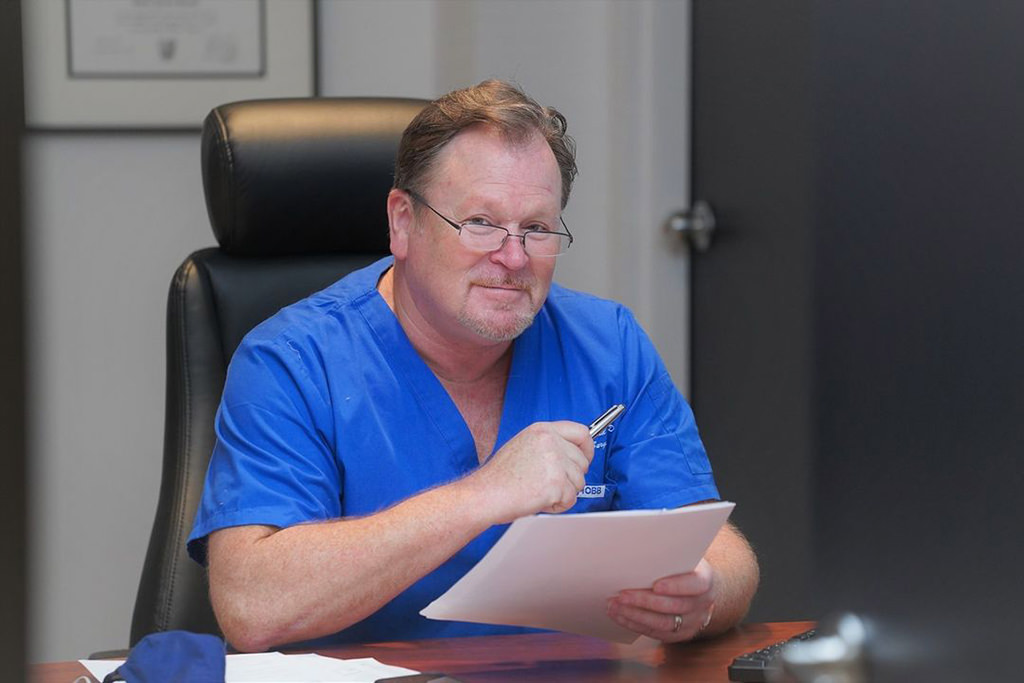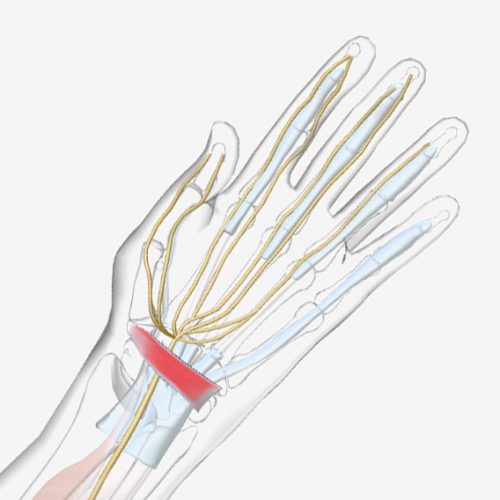

Muscle, Ligament & Tendon Injuries




WHAT ARE MUSCLE, LIGAMENT OR TENDON INJURIES?
Muscles, ligaments, tendons and nerves all combine to control and move joints. Tissues can be damaged through overloading. Lifting too much cutting or crushing, or detaching can cause painful damage.
Muscle, ligament and tendon injuries are often obvious because they cause local pain and swelling. Initially the injury may be underestimated as patients are often reluctant to move local joints when they are sore from injury.
For milder injuries comparing passive and active movement of a particular joint can determine a course of action to take to remedy the problem.
SYMPTOMS OF MUSCLE INJURIES
These injuries usually cause pain, stiffness, and loss of strength in the affected area.
- The pain may get worse when you use the tendon or muscle.
- You may have more pain and stiffness during the night or when you get up in the morning.
- The area may be tender, red, warm, or swollen if there is inflammation.
- You may notice a crunchy sound or feeling when you use the tendon or muscle.
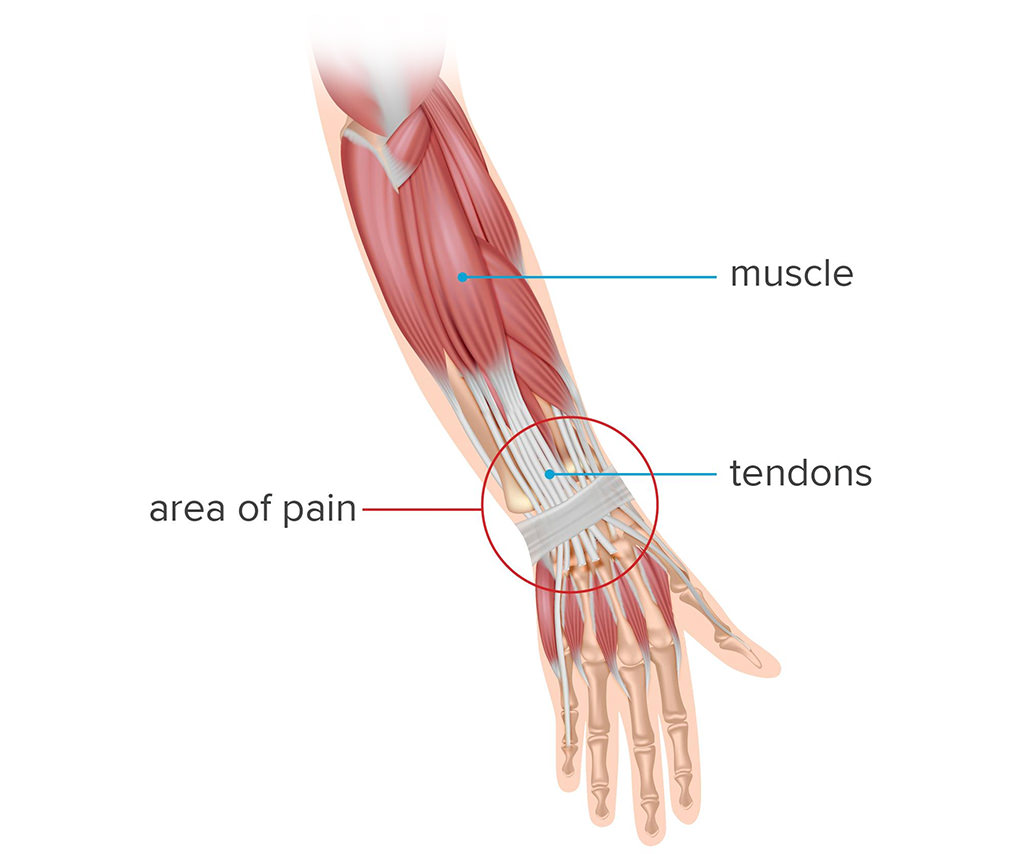
IF YOU ARE SUFFERING FROM SYMPTOMS OF MUSCLE INJURIES AND EVALUATING YOUR TREATMENT OPTIONS, SCHEDULE A CONSULTATION WITH DR. DANIEL DURAND TODAY.
WHAT CAUSES MUSCLE INJURIES?
Soft-tissue injuries fall into two basic categories: acute injuries and overuse injuries.
- Acute injuries are caused by a sudden trauma, such as a fall, twist, or blow to the body. Examples include sprains, strains, and contusions.
- Overuse injuries occur gradually over time when an athletic or other activity is repeated so often that areas of the body do not have enough time to heal between occurrences. Tendinitis and bursitis are common soft-tissue overuse injuries.
A hand specialist like Dr. Daniel Durand who sees the patient on a daily basis, can accurately determine the cause of local pain.
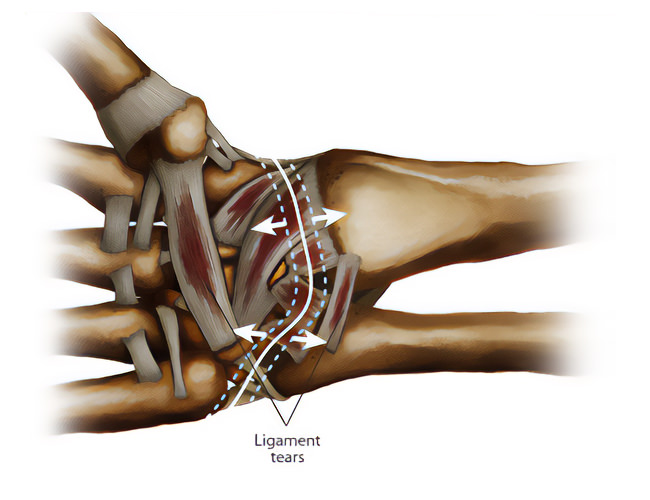
HOW ARE MUSCLE INJURIES DIAGNOSED?
To diagnose a tendon or ligament injury, a Dr. Durand will ask questions about your past health and your symptoms and will do a physical exam. If the injury is related to your use of a tool or sports equipment, he may ask you to show how you use it.
For most of the injuries X-rays will be performed. Other tests such as a CT scan may be ordered to assess the bones and joints if there are concerns about associated injuries at the same site.
WHEN SEEKING A DIAGNOSIS OR TREATMENT, IT’S BETTER TO SEE A DOCTOR SOONER RATHER THAN LATER. ONCE A CONDITION IS SEVERE, THE DISEASES ARE MORE DIFFICULT TO CORRECT.
EARLY INTERVENTION IS KEY TO AVOIDING PERMANENT DAMAGE. DEPENDING ON YOUR DIAGNOSIS, NONSURGICAL TREATMENT MAY BE AN OPTION.
HOW ARE MUSCLE INJURIES TREATED?
If ligament, tendon or nerve injuries or damage are minor then rest and supervised movement are often sufficient for a proper recovery. If the damage is more severe, surgery may be recommended to avoid long-term disability.
A hand specialist like Dr. Daniel Durand who sees the patient on a daily basis, can accurately determine the cause of local pain. For milder injuries comparing passive and active movement of a particular joint can determine a course of action to take to remedy the problem.
HAND CARE WITH DR DANIEL DURAND
NOT ALL HAND AND WRIST CONDITIONS REQUIRE SURGICAL SOLUTIONS. OTHER TREATMENT OPTIONS ARE AVAILABLE FOR LESS SEVERE ISSUES. IF YOU’VE BEEN EXPERIENCING MUSCLE, LIGAMENT OR TENDON INJURIES SYMPTOMS, SCHEDULE AN APPOINTMENT WITH DR. DANIEL DURAND TODAY!

